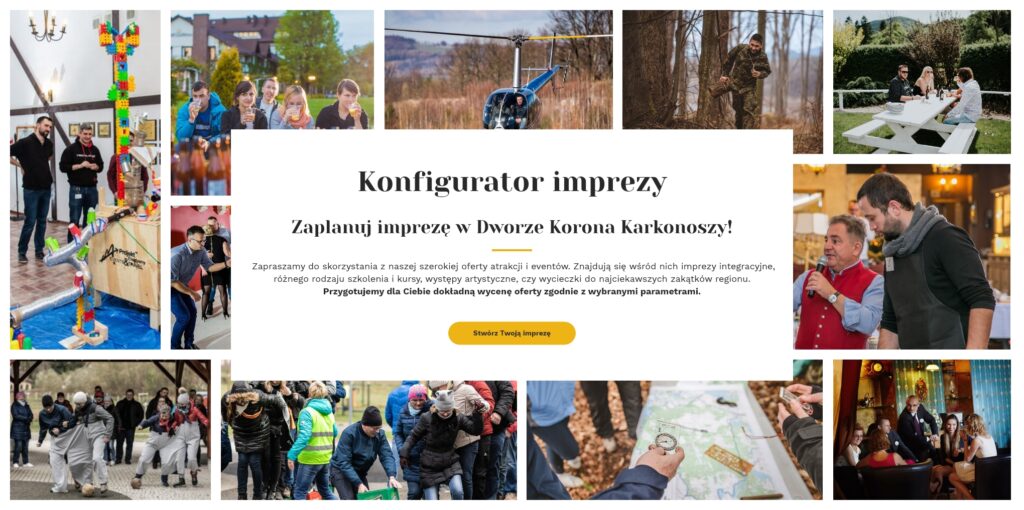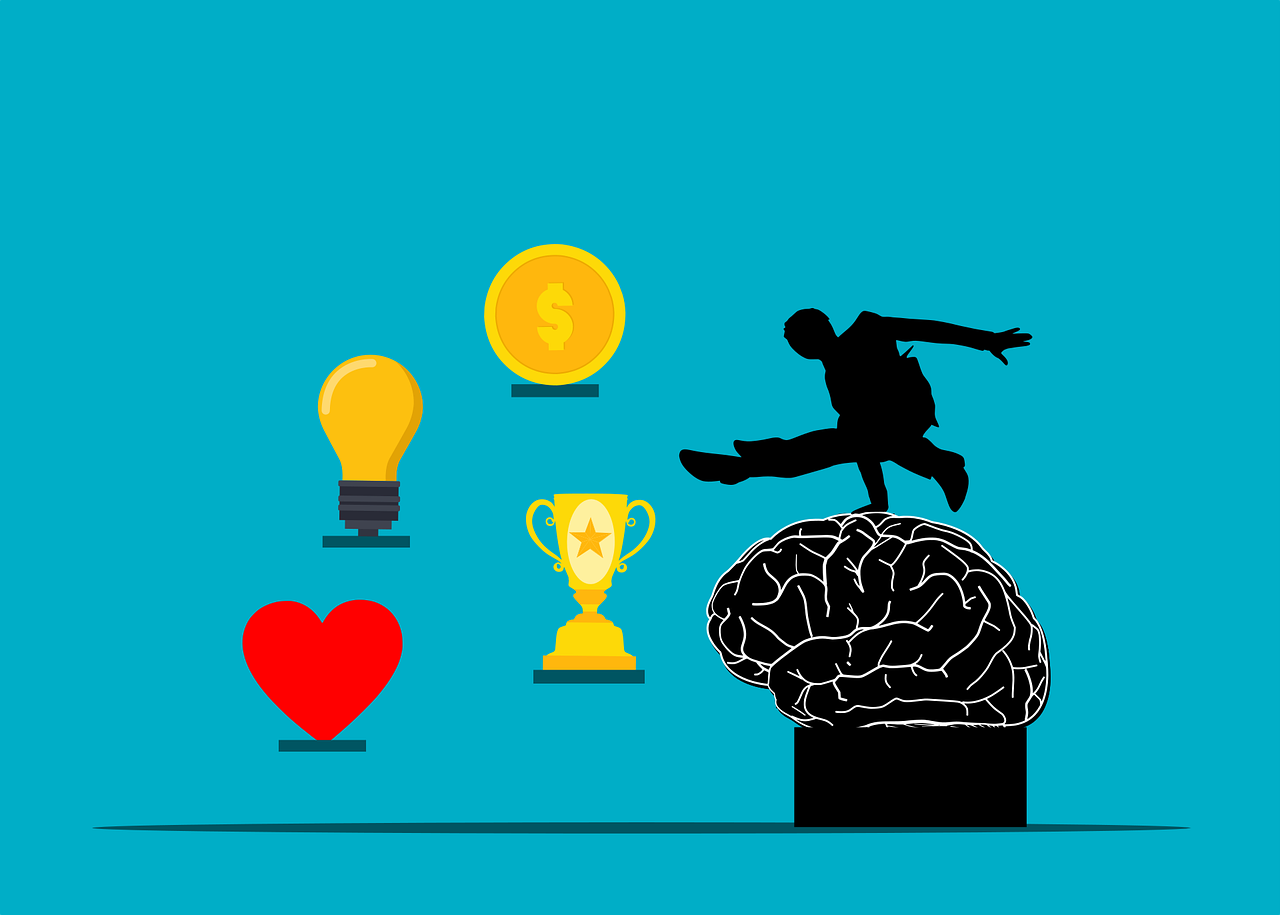Every company should develop solid employee motivation systems. A person who feels that their actions are appreciated works more efficiently and is more willing to engage in new tasks. What motivation systems will work in your company?
How does motivation work?
You employ well-qualified employees, provide them with the right tools to perform all professional duties, employee relations are at the highest level, but the team still does not achieve maximum results. Does that mean you picked the wrong people? Not necessarily. Lack of motivation to work can be a problem!
Motivation can be defined as the readiness to take certain actions, the force that drives us to achieve some result. In other words, it is a psychological process that gives our behavior a specific purpose and direction.

Motivation makes the team work efficiently, easily achieve the set goals and be successful - and thus the company develops. But how does this relate to reality? How many employees really give 100%? According to research, on average ONLY 13% employees are fully engaged in their professional duties. It's very little.
How to improve employee motivation? Let's start with the fact that motivation can be divided into internal (resulting from one's own needs and feelings) and external (the driving force is the influence of an outside person). The employer can influence both forms of motivation through appropriately selected employee motivation systems. However, before we discuss motivation systems, it is worth finding out what theorists say about motivation.
Motivation theories
We can distinguish three classical theories of motivation:
- Maslow pyramid,
- McGregor's Theory X and Theory Y,
- Herzberg's two-factor theory.
Maslow's pyramid, otherwise known as the hierarchy of needs, describes five categories of needs:
- physiological - sleep, hunger, thirst,
- safety - protection against disease, stabilization,
- belongingness - acceptance, love, belonging to a group,
- recognition - respect, success, prestige,
- self-realization - development, interests, satisfaction of one's ambition, talents.
Maslow believed that the source of motivation is the satisfaction of needs, and in order to satisfy higher needs (belonging, recognition, self-actualization), one must first deal with lower ones (physiological, security).

McGregor's theory describes two different aspects of employee behavior:
- theory X, i.e. the negative aspect: employees do not like their work, and managers force them to perform their duties,
- Theory Y, i.e. the positive aspect: according to it, employees themselves take responsibility for their work.
According to McGregor, the low motivation of employees to act may be due to their laziness or lack of interest in the good of the company. The theorist claims that often employees have a natural knack for work that must be discovered by superiors.
Herzberg in his two-factor theory states that motivation at work is affected by hygiene factors, i.e. salary and comfortable working conditions (good lighting, comfortable armchairs, etc.), as well as motivators such as recognition, promotions and all benefits. When the former are taken away, employees will not be fully engaged in their work. Motivators at work and can encourage employees to perform their duties more efficiently.
How does theory relate to practice? What employee motivation systems actually work?
Are you looking for an idea to motivate employees?
Bet on an incentive trip to Dwór Korona Karkonoszy - we'll take care of the rest!
Financial employee motivation systems
Financial employee incentive systems are considered the most common, well-systematized and, according to many experts, very effective.
The most popular form of financial incentive systems is a raise, i.e. a permanent increase in remuneration, which is defined as appreciation of long-term cooperation, with the simultaneous desire to keep the employee for longer. The danger of this form of motivation is that immediately after receiving a raise, the employee will stop trying. It is best to allocate a raise to those employees whose responsibilities are increased.

The second financial financing system is a discretionary bonus for the best employee. The discretionary bonus is not included in the contracts, and its amount and frequency depends on the employer. Due to the fact that this is a rather subjective form, it may be associated with the indignation of other employees who will believe that they are entitled to extra money.
A better solution is a bonus based on performance. The system is considered one of the fairest. Each employee is evaluated according to the same indicators.
Many employers award their employees with awards, e.g. for the highest sales results in the region or the most effective cost optimization in the department. Financial and material incentive systems for employees are a valued tool.
Non-financial employee motivation systems
Non-wage employee incentive systems will not only motivate, but also bring other benefits. Many experts believe that the company should use them in the process of acquiring valuable employees. Non-financial motivation systems should be included in your employer branding. Working conditions and additional benefits often ultimately determine whether a given candidate decides to cooperate with the company. An attractive system of additional benefits can reduce the employee turnover rate and increase employee loyalty to the company.
The basic, and at the same time the most popular, non-wage motivation systems include:
- private medical care for the employee and his family members,
- company car for private use,
- entry cards to sports facilities - e.g. to the gym, swimming pool,
- movie tickets.
A non-financial system of motivating employees is also taking care of their psychological comfort. A friendly atmosphere at the workplace, support from the supervisor, a shorter working week, open communication, work-life balance, development opportunities - all this makes the company's staff work better. Employees are more willing to engage in their duties, easily carry out all tasks, and thanks to this, the company develops and is successful.

What else motivates employees?
Many people believe that nothing motivates employees to act like company meetings. Nie samą pracą człowiek żyje! Wyjścia do pubu czy restauracji, firmowe zabawy w parku linowym czy na polu paintballowym, imprezy tematyczne, świętowanie wigilii i innych wydarzeń firmowych oraz niezapomniane wyjazdy pełne niesamowitych atrakcji – company events allow you to forget about your work duties for a while. Employees can rest, recharge their batteries, and then return to work with new energy and motivation.
Meetings in a group of employees have another big advantage. Namely - they perfectly integrate! Employees can get to know each other better and build friendly relations, and thus relax the atmosphere in the company. And as we know, in a relaxed, friendly atmosphere, work is definitely better (and more efficient)! Employee meetings can therefore be safely classified as effective systems for motivating employees.
Which employee motivation system will work in your company? It all depends on what your team needs. Do proper research, fully engage in the process, spend some time on it. The effort put into preparing a rational motivation system is an investment in the development of your company!
